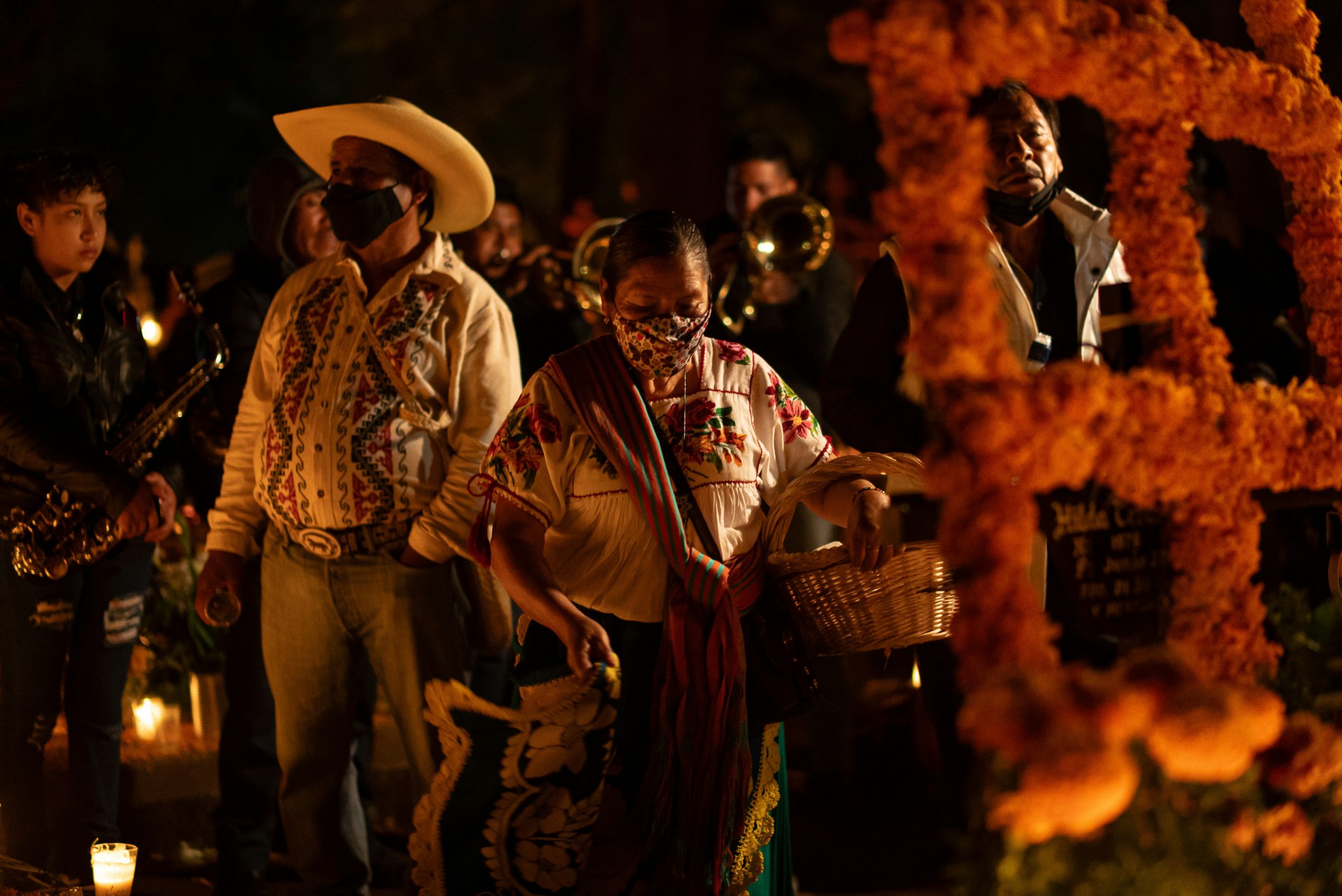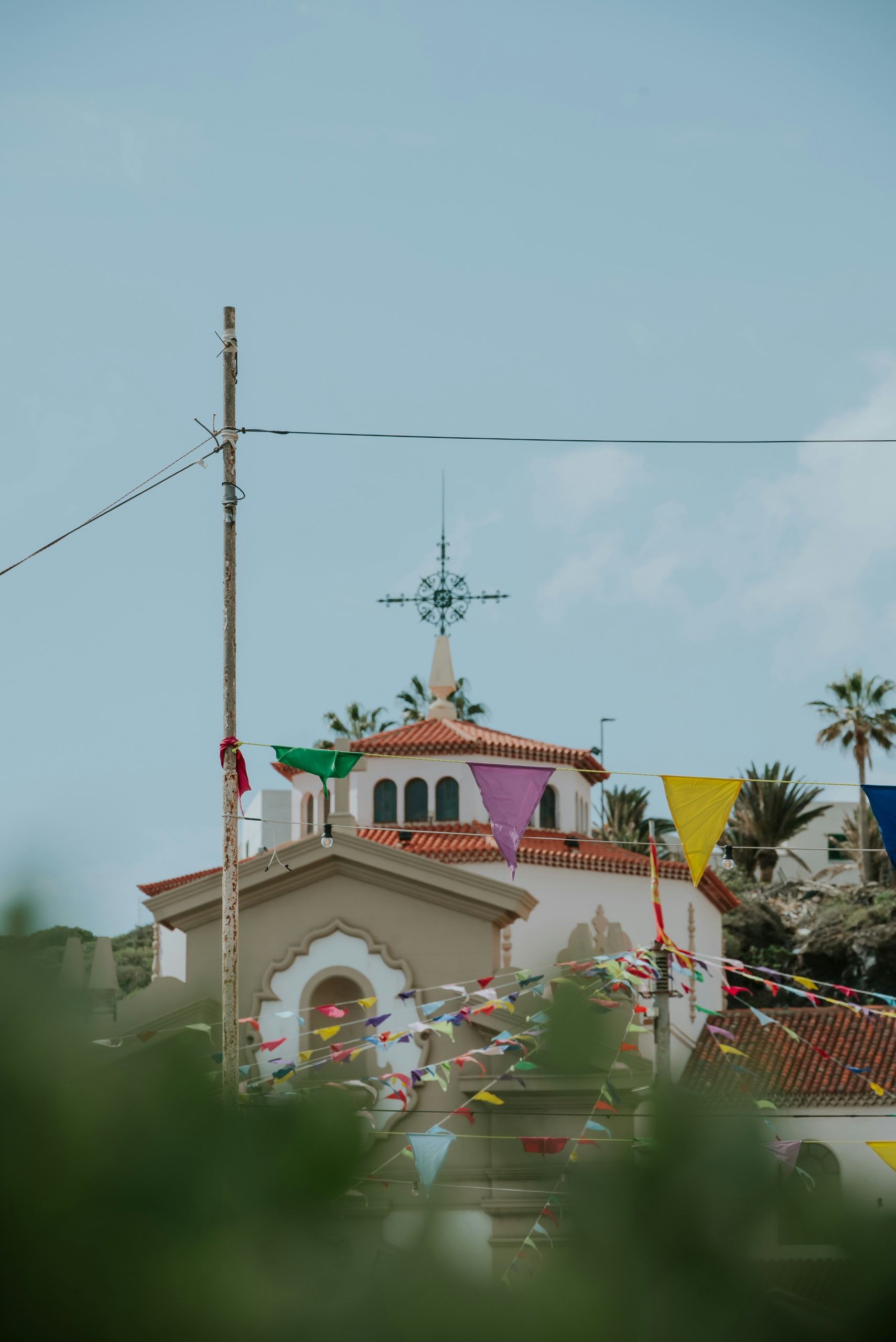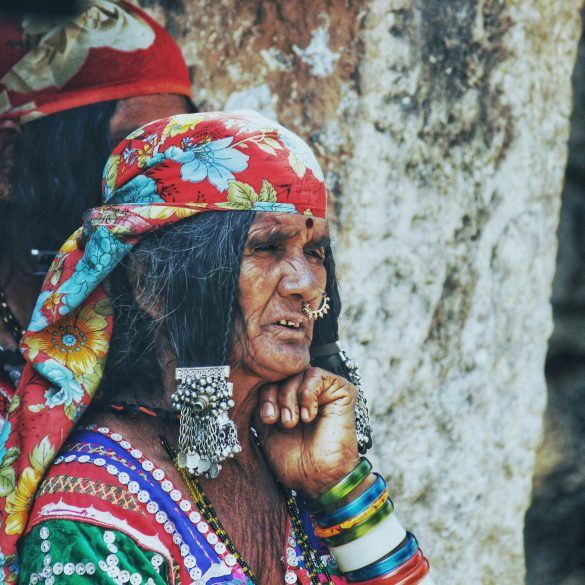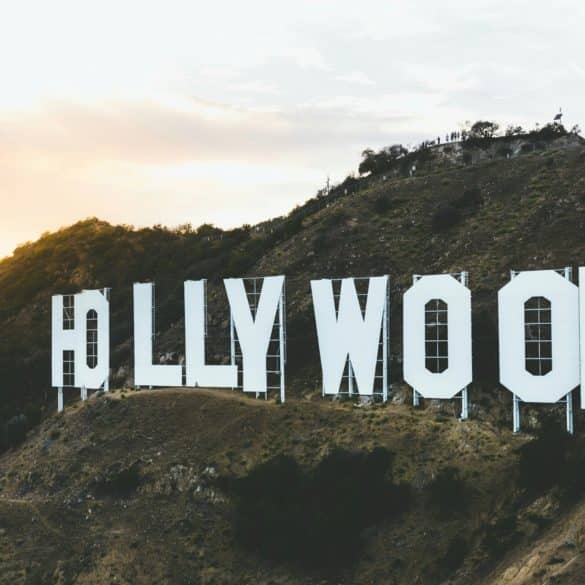Semana Santa in Antigua: A Holy Week of Art, Processions, and Tradition
“Witnessing Semana Santa in Antigua isn’t just observing a religious celebration—it’s stepping into a living museum where 500 years of tradition unfold on colonial cobblestones, where art becomes devotion, and where an entire community transforms their city into a masterpiece of faith.”
I’ll be honest—my first Semana Santa in Antigua completely overwhelmed me. Nothing quite prepares you for the sheer magnitude of what happens during Holy Week in this UNESCO World Heritage colonial city. Having experienced Easter celebrations across Europe and Latin America, I thought I knew what to expect. I was wonderfully, utterly wrong.
Guatemala Cultural Insight: Semana Santa celebrations in Antigua Guatemala represent one of the most elaborate and authentic Holy Week observances in the Americas, with traditions dating back to 1543. The city’s population swells from 45,000 to over 200,000 during the week leading up to Easter, making advance planning absolutely essential for visitors.
What struck me most about Antigua’s Semana Santa wasn’t just the religious devotion—though that’s profound and genuine—but how the entire city becomes a collaborative art project. Every street corner, every doorway, every business participates in creating something that’s simultaneously deeply spiritual and incredibly beautiful. The famous alfombras (carpets) made from colored sawdust, flowers, and sand represent just one layer of this extraordinary week-long transformation.
Understanding Semana Santa’s Cultural Significance
Let me start with what makes Antigua’s celebration genuinely unique. While many Latin American countries observe Holy Week, Guatemala’s approach blends Spanish colonial Catholic traditions with indigenous Mayan elements in ways that feel authentic rather than touristy. The processions themselves aren’t performances—they’re acts of devotion that entire families participate in, often carrying on traditions passed down through generations.Cultural Sensitivity Essential
Remember that Semana Santa represents one of the most sacred times in the Guatemalan religious calendar. While tourism is welcomed and economically vital, approaching these celebrations with respect and understanding enhances everyone’s experience. This isn’t a festival created for visitors—it’s a living tradition that graciously includes observers.Semana Santa in Antigua: A Holy Week of Art, Processions, and Tradition
“Witnessing Semana Santa in Antigua isn’t just observing a religious celebration—it’s stepping into a living museum where 500 years of tradition unfold on colonial cobblestones, where art becomes devotion, and where an entire community transforms their city into a masterpiece of faith.”
I’ll be honest—my first Semana Santa in Antigua completely overwhelmed me. Nothing quite prepares you for the sheer magnitude of what happens during Holy Week in this UNESCO World Heritage colonial city. Having experienced Easter celebrations across Europe and Latin America, I thought I knew what to expect. I was wonderfully, utterly wrong.
Guatemala Cultural Insight: Semana Santa celebrations in Antigua Guatemala represent one of the most elaborate and authentic Holy Week observances in the Americas, with traditions dating back to 1543. The city’s population swells from 45,000 to over 200,000 during the week leading up to Easter, making advance planning absolutely essential for visitors.
What struck me most about Antigua’s Semana Santa wasn’t just the religious devotion—though that’s profound and genuine—but how the entire city becomes a collaborative art project. Every street corner, every doorway, every business participates in creating something that’s simultaneously deeply spiritual and incredibly beautiful. The famous alfombras (carpets) made from colored sawdust, flowers, and sand represent just one layer of this extraordinary week-long transformation.
Understanding Semana Santa’s Cultural Significance
Let me start with what makes Antigua’s celebration genuinely unique. While many Latin American countries observe Holy Week, Guatemala’s approach blends Spanish colonial Catholic traditions with indigenous Mayan elements in ways that feel authentic rather than touristy. The processions themselves aren’t performances—they’re acts of devotion that entire families participate in, often carrying on traditions passed down through generations.Cultural Sensitivity Essential
Remember that Semana Santa represents one of the most sacred times in the Guatemalan religious calendar. While tourism is welcomed and economically vital, approaching these celebrations with respect and understanding enhances everyone’s experience. This isn’t a festival created for visitors—it’s a living tradition that graciously includes observers.
Daily Procession Schedule and Unmissable Highlights
Let me walk you through what actually happens during each day of Semana Santa, because understanding the rhythm and significance of each procession transforms your experience from casual observation to genuine cultural immersion. I’ve learned that each day builds upon the previous, creating an emotional and spiritual crescendo that culminates on Easter Sunday.
“The processions aren’t just religious observances—they’re community theater on the grandest scale, where every participant, from the smallest child scattering flower petals to the eldest carrying heavy andas, plays a crucial role in telling the story of faith.”
Palm Sunday marks the official beginning, but honestly, the energy starts building days earlier. I’ve watched families begin creating their alfombras on Thursday, working late into the night by streetlight. The sawdust gets delivered to neighborhoods in trucks, and suddenly entire blocks transform into outdoor art studios. Children help their grandparents perfect intricate geometric patterns while teenagers design elaborate religious scenes.
| Day | Key Procession | Starting Location | Duration |
|---|---|---|---|
| Palm Sunday | Jesús Nazareno (La Merced) | La Merced Church | 8-10 hours |
| Holy Wednesday | Jesús Nazareno (San Francisco) | San Francisco Church | 10-12 hours |
| Good Friday | Santo Entierro (Cathedral) | Cathedral | 12-14 hours |
| Easter Sunday | Jesús Resucitado | Multiple churches | 4-6 hours |
Photography and Positioning Strategy
Here’s practical advice I wish someone had given me before my first Holy Week. The best viewing spots get claimed early—really early. I’m talking 4:00 AM for prime positions along the main procession routes. But honestly, some of my favorite photographs and memories come from following the processions rather than camping in one location.Respectful Photography Guidelines
Flash photography is prohibited during processions—the solemnity must be maintained. Many of the most meaningful moments happen in candlelight or torchlight, creating natural dramatic lighting that actually enhances rather than detracts from photographs. Always ask permission before photographing individuals, especially children participating in the processions.- Arrive 2-3 hours before scheduled procession times for optimal positioning
- Bring comfortable folding chairs or cushions for extended waiting periods
- Pack snacks and water—food vendors become extremely busy during peak hours
- Download offline maps of Antigua—cellular networks become overloaded during major processions
- Wear comfortable walking shoes suitable for cobblestone streets
Beyond Processions: Authentic Cultural Immersion
While the processions rightfully capture most attention, some of my most treasured Semana Santa memories come from experiences that happen away from the main crowds. The week offers incredible opportunities for cultural immersion that many visitors miss entirely because they focus solely on the major religious events.
“The real magic happens in the neighborhoods, in the family gatherings, in the shared meals where strangers become friends through the simple act of witnessing something sacred together.”
I’ve been fortunate to be invited into several Guatemalan homes during Semana Santa, and these experiences taught me more about the culture than any guidebook ever could. Families prepare special foods throughout the week—particularly on Thursday and Friday when meat consumption is avoided. The traditional desserts like molletes and torrejas appear in every household, and sharing these treats with visitors is considered both hospitality and blessing.
Culinary Traditions and Local Experiences
The food culture during Semana Santa reflects both religious observance and indigenous traditions. According to culinary anthropologist Dr. Patricia Aragón5, many of the traditional Holy Week dishes in Guatemala blend Spanish colonial influences with pre-Columbian ingredients and preparation methods. The result is a cuisine that’s both familiar and completely unique.- Visit local markets early morning to witness families purchasing ingredients for traditional recipes
- Attend cooking classes offered by local families—many offer special Holy Week sessions
- Participate in alfombra creation with neighborhood groups (ask respectfully—many welcome help)
- Join evening vigils at smaller churches for more intimate spiritual experiences
Sustainable Tourism Practices
Support local artisans by purchasing handmade items directly from creators rather than from imported souvenir shops. Many families sell traditional foods, textiles, and religious artifacts from their homes during Holy Week. This direct purchasing supports the community members who maintain these traditions year-round.Final Practical Considerations and Cultural Respect
After experiencing multiple Semana Santa celebrations in Antigua, I’ve developed some practical wisdom that I wish I’d known during my first visit. The most important lesson: flexibility enhances enjoyment. Processions don’t always start on schedule, weather can impact outdoor activities, and crowds can be overwhelming. Embrace the unpredictability as part of the authentic experience. The most respectful approach involves understanding that you’re witnessing something sacred to the community. This isn’t entertainment—it’s devotion. Dress modestly, particularly when entering churches or participating in religious activities. Learn basic Spanish phrases related to Holy Week traditions. Show appreciation for the incredible effort that goes into every aspect of the celebration. I encourage you to consider extending your stay beyond Easter Sunday. The city’s transformation back to normal life offers fascinating insights into how communities process intense shared experiences. Plus, accommodation prices drop significantly, and you’ll have opportunities for more personal interactions with locals who’ve just completed their most important annual tradition.References and Further Reading



